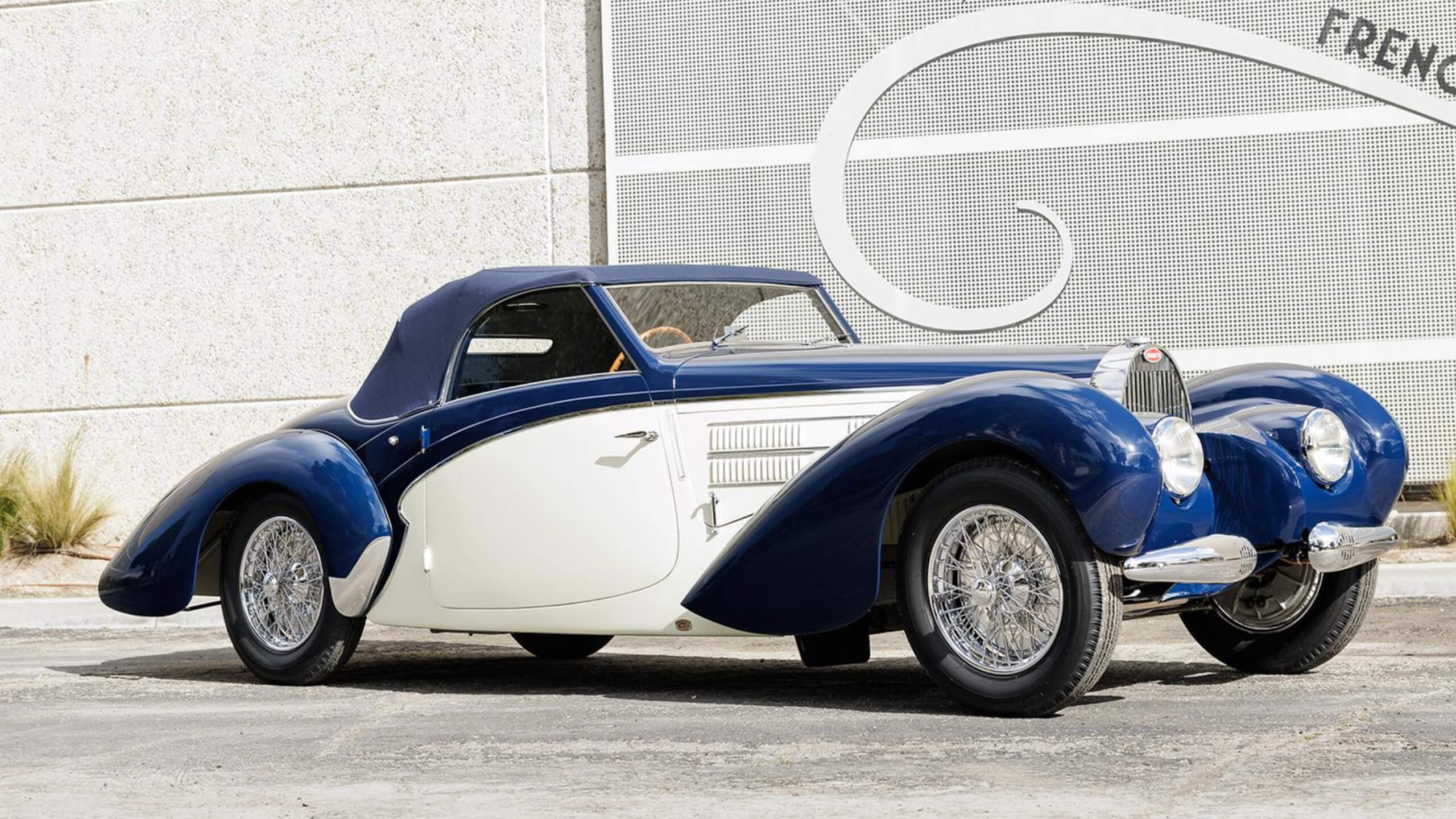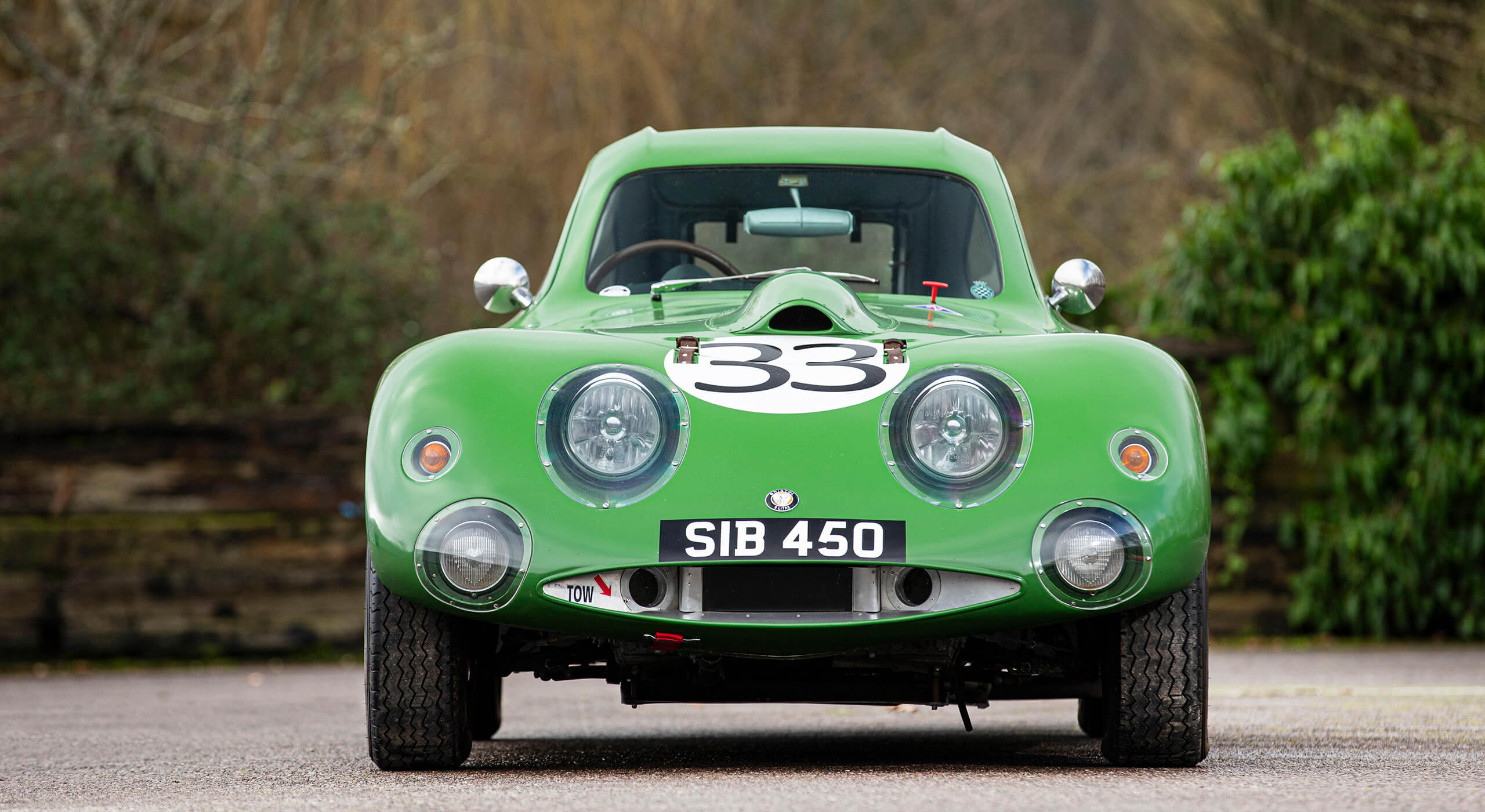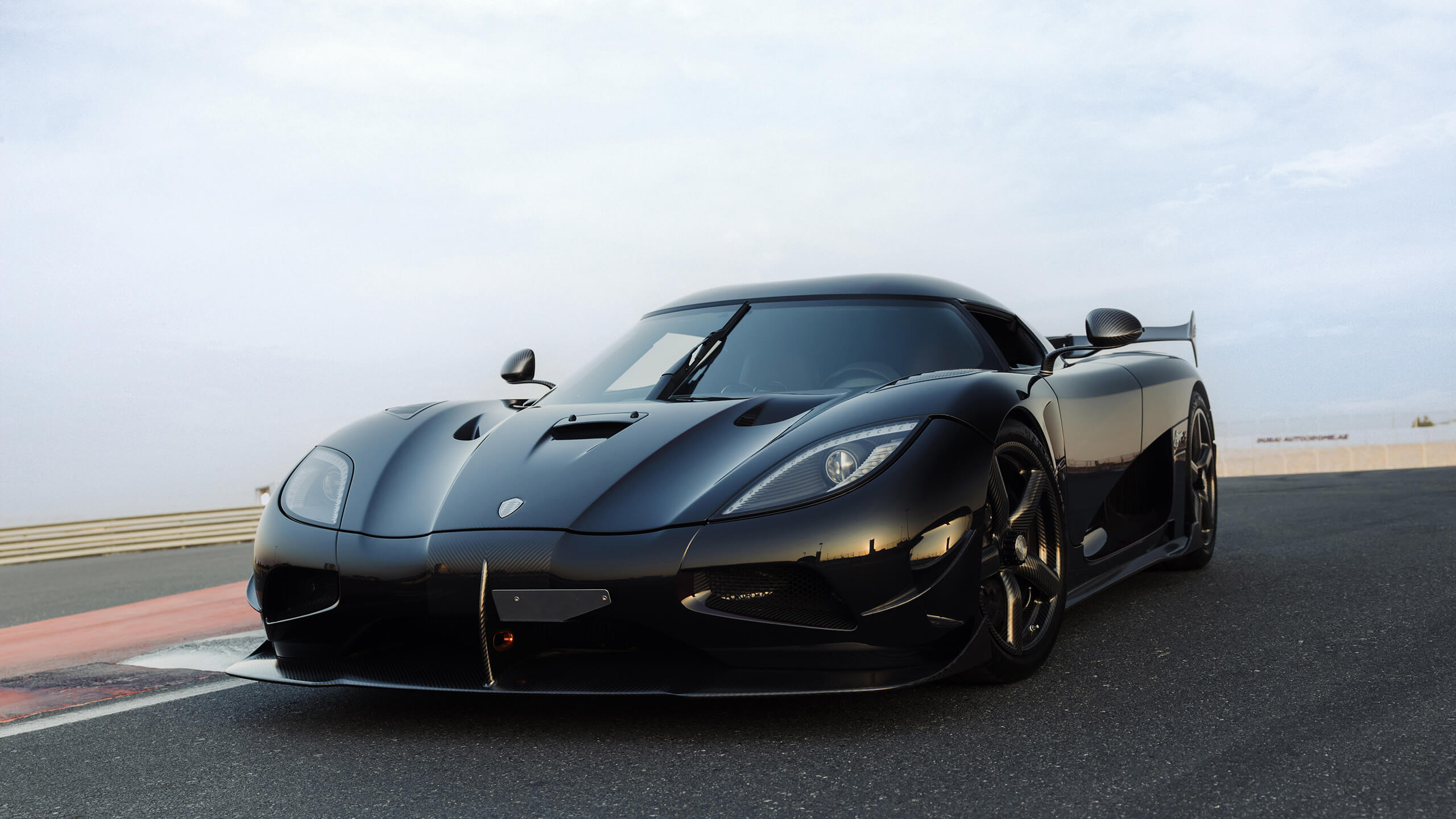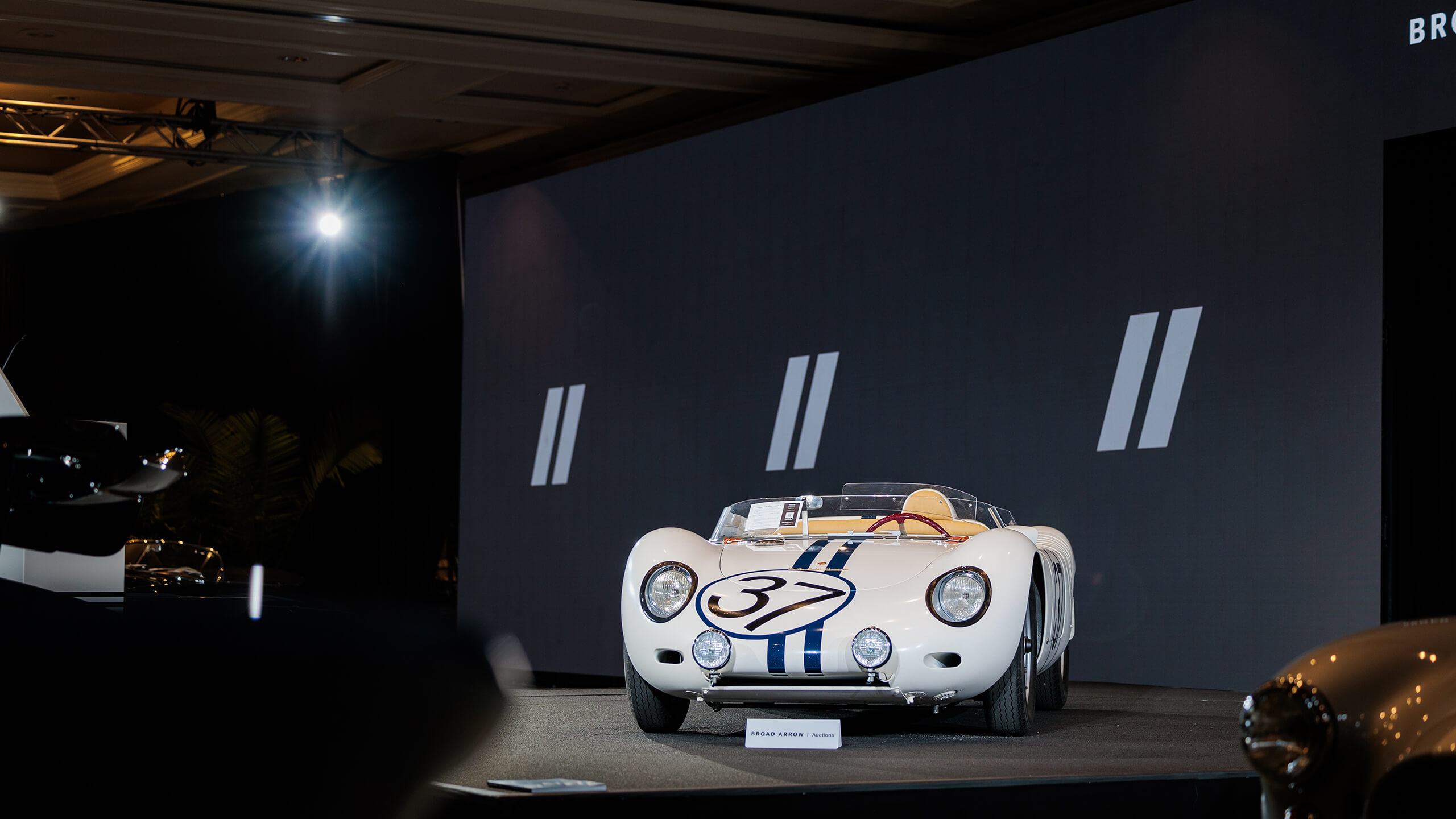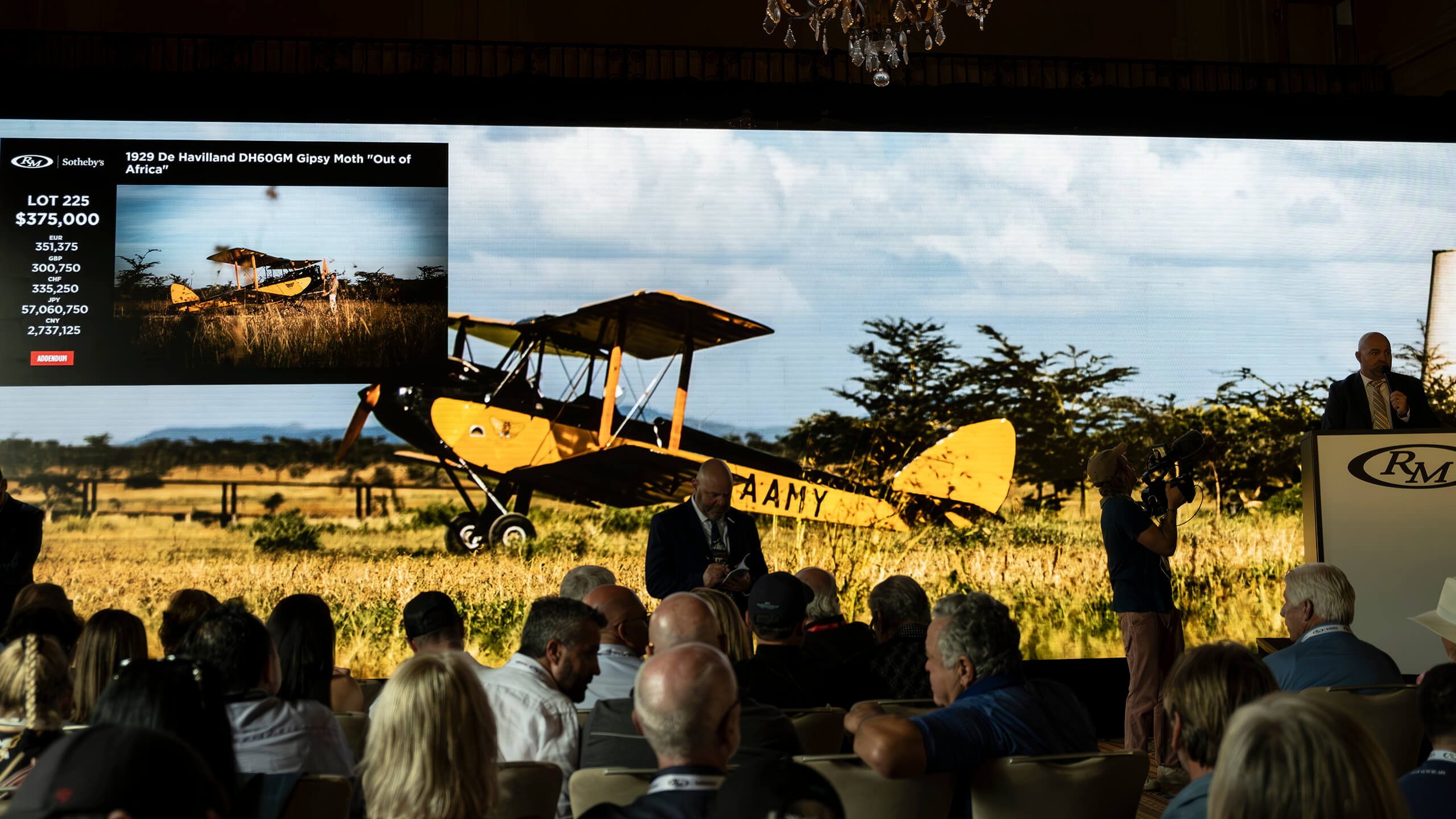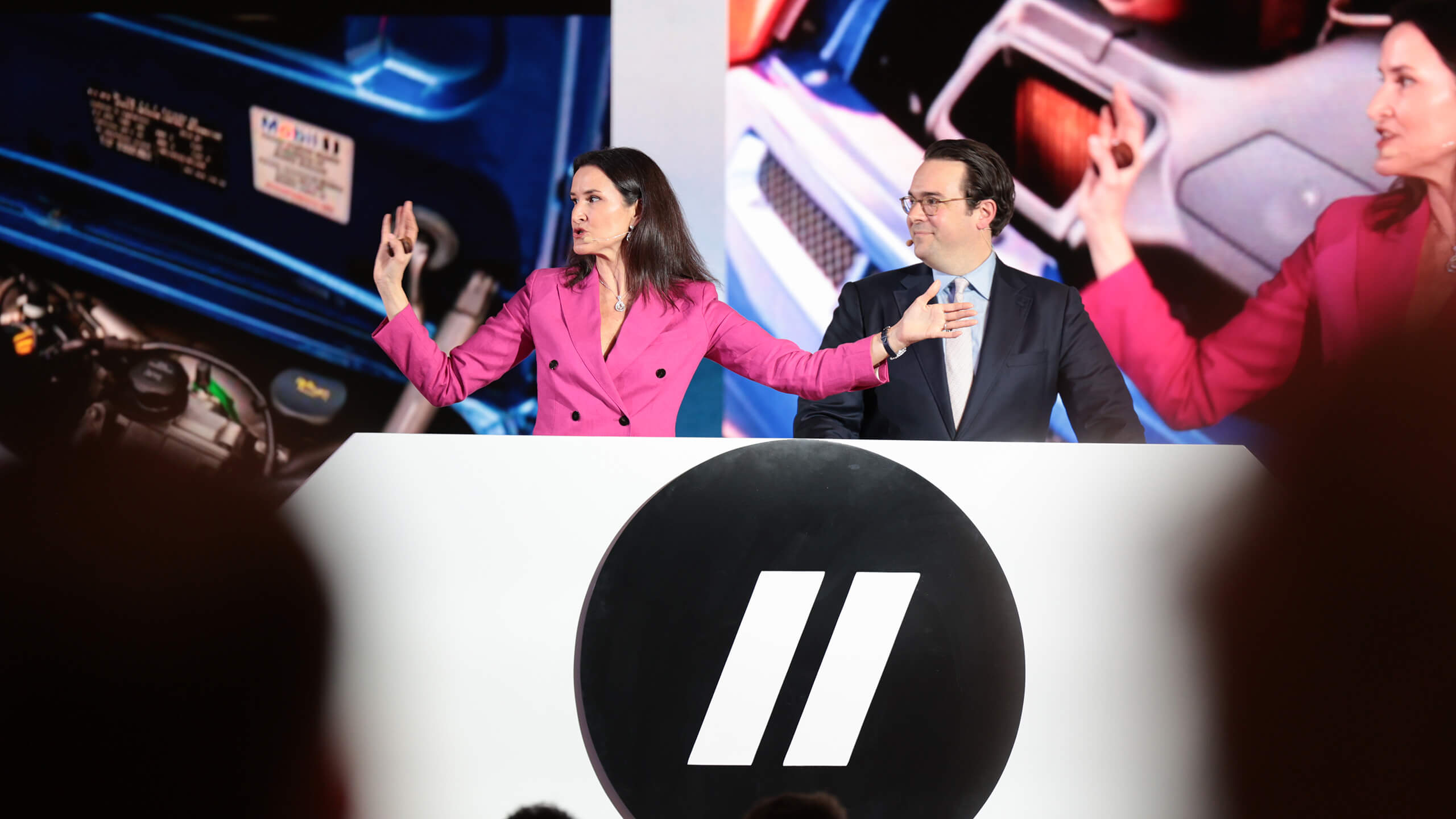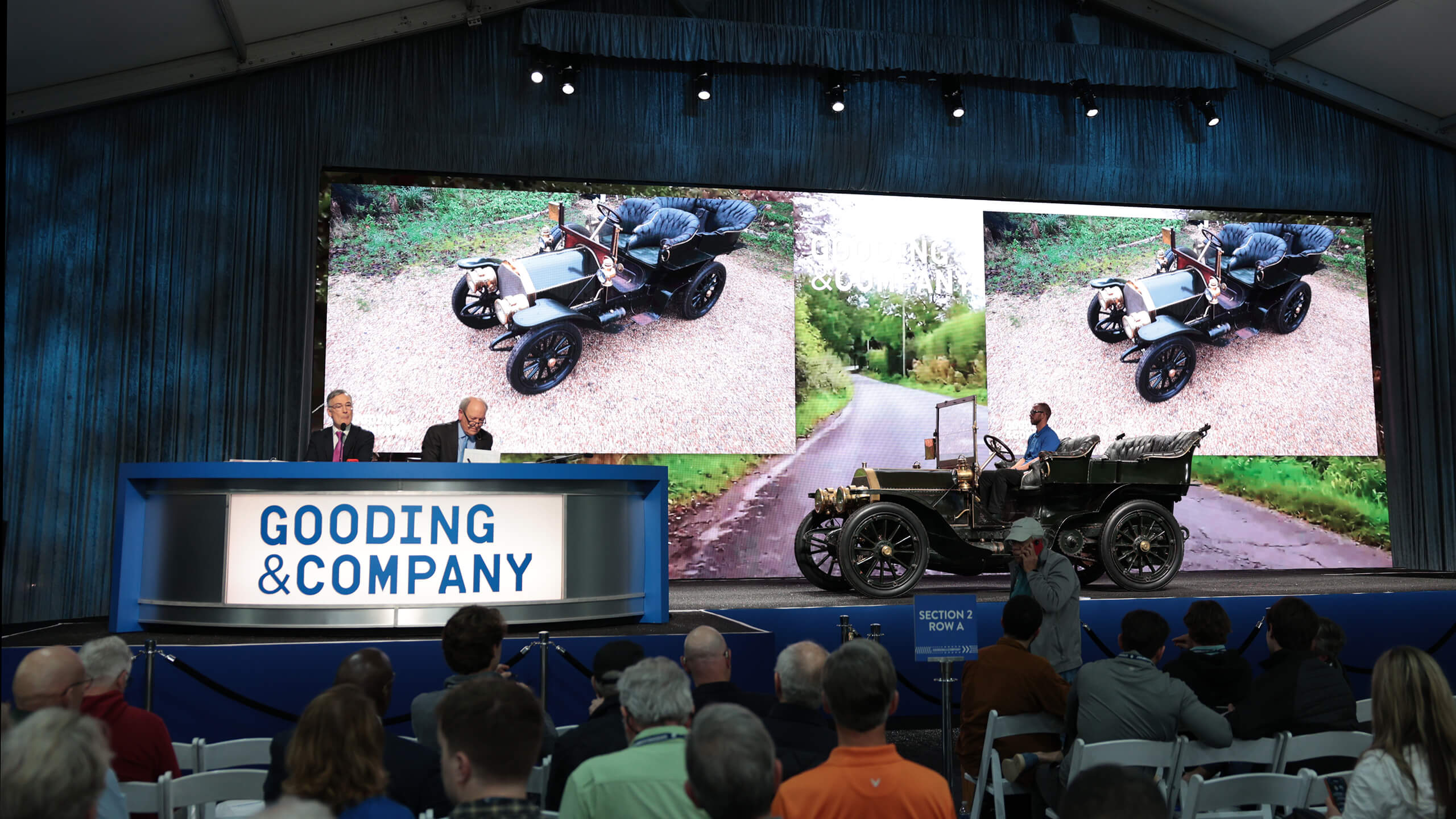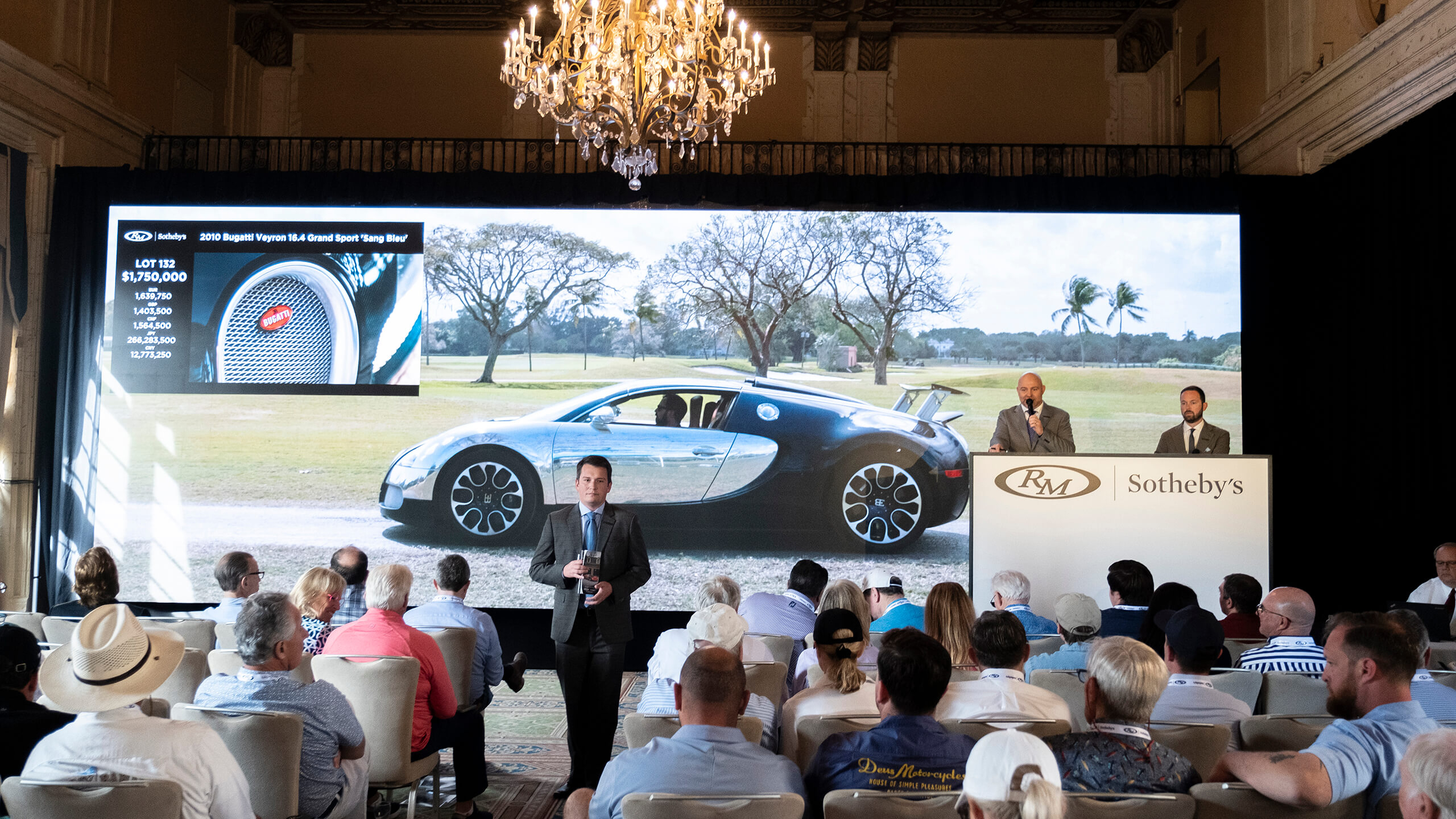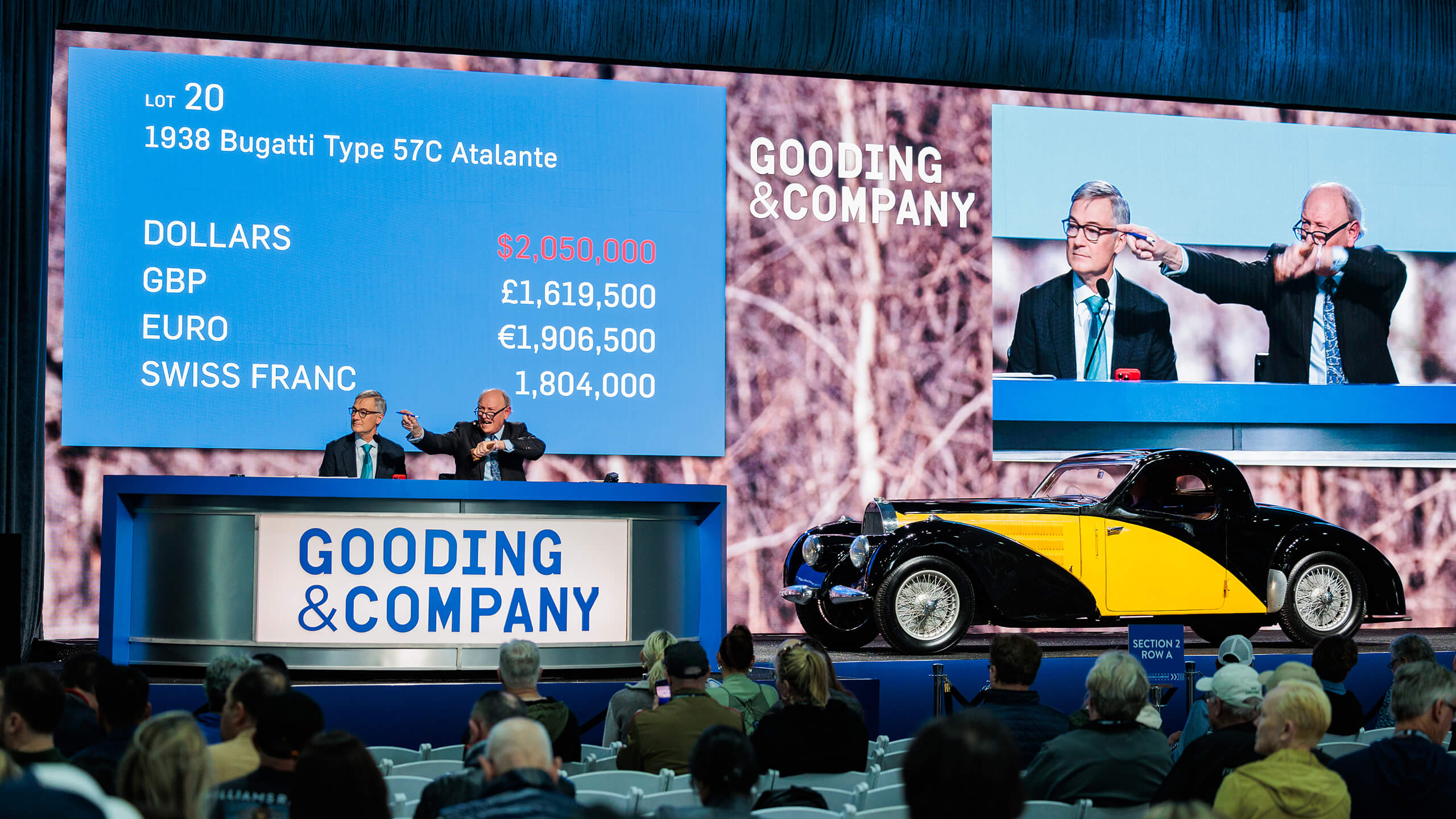The hard numbers: K500 reveals trends of the year just gone and predicts what’s ahead

With the first big hitting auctions of 2023 only a few days away in Arizona and a blockbuster of entries heading to Rétromobile, we crunch the last 12 months of numbers to see what really happened behind the press releases.
Whichever way you calculate the figures, 2022 witnessed record sales. However, with hard-to-validate online-only outfits listing multi-million-dollar cars, big-ticket lots won by secret sealed bid, and auction houses increasingly marketing cars by Private Treaty, final, conclusive figures are unlikely to surface.
The one-of-two 1955 Mercedes-Benz 300 SLR Coupé sold by Mercedes for €135m in unusual circumstances at a secret, invitation-only event run by RM Sotheby’s in May 2022 generated headlines the world over. The one-off nature of the sale means we do not include it in our figures.
At the close of the year, the Canadian firm issued a release stating it had, “achieved global sales in excess of $925,000,000 during 2022, a record figure in a year.” It’s a sum that includes the SLR and its other, non-public auction car sales activities. Smaller rival Gooding & Co announced, “one of its most successful years to date… [realising] over $212 million in sales across all auctions.”
As far as live events were concerned, 2022 was generally a normal year from March onwards. The Big Three were not all present live in Scottsdale in January; Covid’s final hurrah split the Paris sales over two parts in February and March. The selling bonanzas of Amelia Island ($130m gross vs. $78m in 2020) and Pebble Beach ($419m gross vs. $291m in 2021) prove the turbocharged performance of the market in 2022, certainly in North America.
And yet…We took a bundle of typical auctions in 2022 and compared them with similar proceedings in 2021. For the record, here are the top ten sales at public auction in 2022. The average age of cars is 1953. In 2021 it was 1969. Half the cars are classic ’50s and ’60s Ferraris. That’s despite much talk of a ‘new generation of collectors’ – but we’ll come to that.
Top 10 cars sold at auction by value 2022 – all sales (gross)†
1. 1955 Ferrari 410 Sport Spider, RM Sotheby’s Monterey, $22,005,000 (pictured, top)
2. 2003 Ferrari F2003-GA F1 racing car, RM Sotheby’s Geneva, $14,873,894 (14,630,000 CHF)
3. 1937 Talbot-Lago T150-C-SS Teardrop Coupé, Gooding Amelia Island, $13,425,000
4. 1937 Bugatti Type 57SC Atalante, Gooding Pebble Beach, $10,345,000
5. 1937 Mercedes-Benz 540 K Spezial Roadster, RM Sotheby’s Monterey, $9,905,000
6. 1924 Hispano-Suiza H6C Tulipwood Torpedo, RM Sotheby’s Monterey, $9,245,000
7. 1960 Ferrari 250 GT SW Berlinetta Competizione, Gooding London, $8,938,158 (£7,762,500)
8. 1957 Ferrari 500 TRC Spider, RM Sotheby’s Monterey, $7,815,000
9. 1954 Ferrari 375 America Vignale Cabriolet, RM Sotheby’s Monterey, $7,595,000
10. 1966 Ferrari 275 GTB/C, RM Sotheby’s Monterey, $7,595,000
† Excludes the 1955 Mercedes-Benz 300 SLR Coupé sold at a private event and cars bought from auction houses by sealed bid or private treaty.
Total value of top 10 sales in 2022: $111,742,051 (2020: $90,076,48) or +24%. Note, however, in 2019, the last full year before lockdown and in subdued trading conditions, the figure was $96.7m. Factor in inflation and last year’s total is still bullish, but not as much.
Our research comparing like-for-like auctions in 2021 and 2022 is revealing. The percentage-sold-by-number is an almost identical 85%. Average price per car sold has increased from $565,875 to $639,689, a function of so many big-ticket lots consigned to the 2022 Monterey Week sales.
So far, so typical. To answer the question of the direction of travel as far as age of cars is concerned, we divided the results into six categories: pre-War, 1940s-50s, 1960s, 1970s, 1980s-90s, post-2000.
Overall, the average year of car offered in 2022 was 1967 (2021: 1963). Average year of car sold in 2022 was 1962 (2021: 1959). The age of entries is getting younger, but newer cars are often listed speculatively to flip (think Ford GT, Porsche 911R, McLaren Senna and Speedtail) and don’t always sell.
The gradual decline in popularity of pre-War models has long been predicted but three out of the top ten cars bought at auction last year were classics from the golden age of inter-war motoring. RM presented a panzer division of 1930s Mercedes in Monterey and sold every one, but most went under low estimate. In 2022, 56% of pre-War cars in general failed to meet bottom guide price (2021: 52%). Only 16% beat top estimate (2021: 26%). Last year this category made up 20% of the total number of cars at auction; in 2021 it was 24%.
At the other end of the age range, fewer post-2000 cars at auction sold cheaply (34% under low estimate in 2022, 37% in 2021) and more were likely to exceed the auction house and seller’s expectations: 39% beat top estimate in 2022, an increase on the 35% recorded in 2021. Over the last 12 months, 14% of the total of cars in our sample were younger than 2000; in 2021 that was 11%.
So what about ‘No Reserve’, cars (mostly) only accepted for sale at auction on the basis that they have to be sold, whatever the interest in the room. It’s a sign of faith in the catalogue, though can be used to further heighten appeal on already popular lots. Looking at the figures from 2022, at around 40% of the cars offered, No Reserve is not necessarily used to clear unfashionable sectors, unless you consider cars from the 1970s – often mundane machinery tipped as ‘future classics’ – where around 50% were listed without reserve.
The immediate post-War period up to the 1960s mirrored the older cars, though even more, 60%, (2021: 50%) failed to meet lower estimate. The sixties, the sweet spot of European GT collecting, were only slightly softer than in 2021: 55% sold below low estimate vs. 45%, and 20% beating top (2021: 23%).
Of course, one factor could well be over-optimistic estimates in 2022 based on better-than-expected market conditions in 2021. However, analysis of pre-sale expectation with post-sale reality is still a good benchmark, one that reflects market sentiment on the day: sellers “cut it loose” set against determined buyers making “just one more bid…”
Finally, the 1980s and ’90s, the decades that gave us the Porsche 959, Bugatti EB110 GT, and Ferrari 288 GTO, F40 and – darling of 2022 – the F50. Here are the sector’s figures in full (2021):
* 1980s-90s cars as a percentage of the total number of cars offered: 15% (14%)
* Percentage of 1980s-90s cars sold by number: 90% (84%)
* Percentage of 1980s-90s cars met or sold below low estimate: 45% (43%)
* Percentage of 1980s-90s cars sold below avge of estimates: 58% (62%)
* Percentage of 1980s-90s cars sold met/exceeded top estimate: 28% (25%)
* Average year of 1980s-90s cars offered: 1990 (1989)
* Percentage of 1980s-90s cars offered at No Reserve: 38% (40%)
Here are our five takeaways on the market over the last 12 months:
1. On a roll. Not only is the classic car market busy, upscale manufacturers Bentley and Rolls-Royce once again posted record-breaking sales figures for new cars. Although demand for showroom-fresh pre-owned watches has softened heavily, try buying a new Rolex or Patek. Our watch guru friend Aurel Bacs reveals that a new steel Nautilus has gone from CHF.250k on the grey market to CHF.130k in the past year, but the factory retail price is actually… CHF.30k. The collectors’ car market in 2022 mirrored the general enthusiasm for luxury goods against a backdrop of relatively high inflation and a dramatic collapse in some sectors of the stock markets.
2. Quality never goes out of fashion. Demand for unusual and exceptional cars, from whichever era, is consistently strong, although not always at a higher price than yesterday. Witness $9.4m paid for the famous 1924 Hispano-Suiza H6C Tulipwood Torpedo in Monterey, serious money but rather less than the hopelessly optimistic $35m asked a year earlier by the US trade. It’s a car worthy of a million-dollar restoration to garner Best of Show at Pebble Beach, an award it would surely deserve.
3. The SLR Coupé effect. Or: “Was the most expensive car ever sold a reflection on market conditions in 2022”? We think not. The event was a one-off and is unlikely to be repeated or beaten except by inflation: it’s hard to think of a more valuable car ever being offered for sale, but there is no longer any debate about what sits atop the car collecting hierarchy.
4. A new wave. As the figures above prove, with notable exceptions, trading 1980s-onwards models produces the best results at auction. Speculative flipping, however, does not always pay off.
5. Forza Ferrari! Yet again, the Maranello marque supplied the majority of the highest-value cars sold last year and also 2022’s big market mover: the F50. Nothing defies gravity, so expect unexceptional 1950s Ferrari road cars to only just keep up or lose pace in 2023.
Thanks again for your support over the last 12 months. We hope you find our insight helpful and will make sure you have the right intel in 2023, starting next week in Arizona.
Photos by K500


